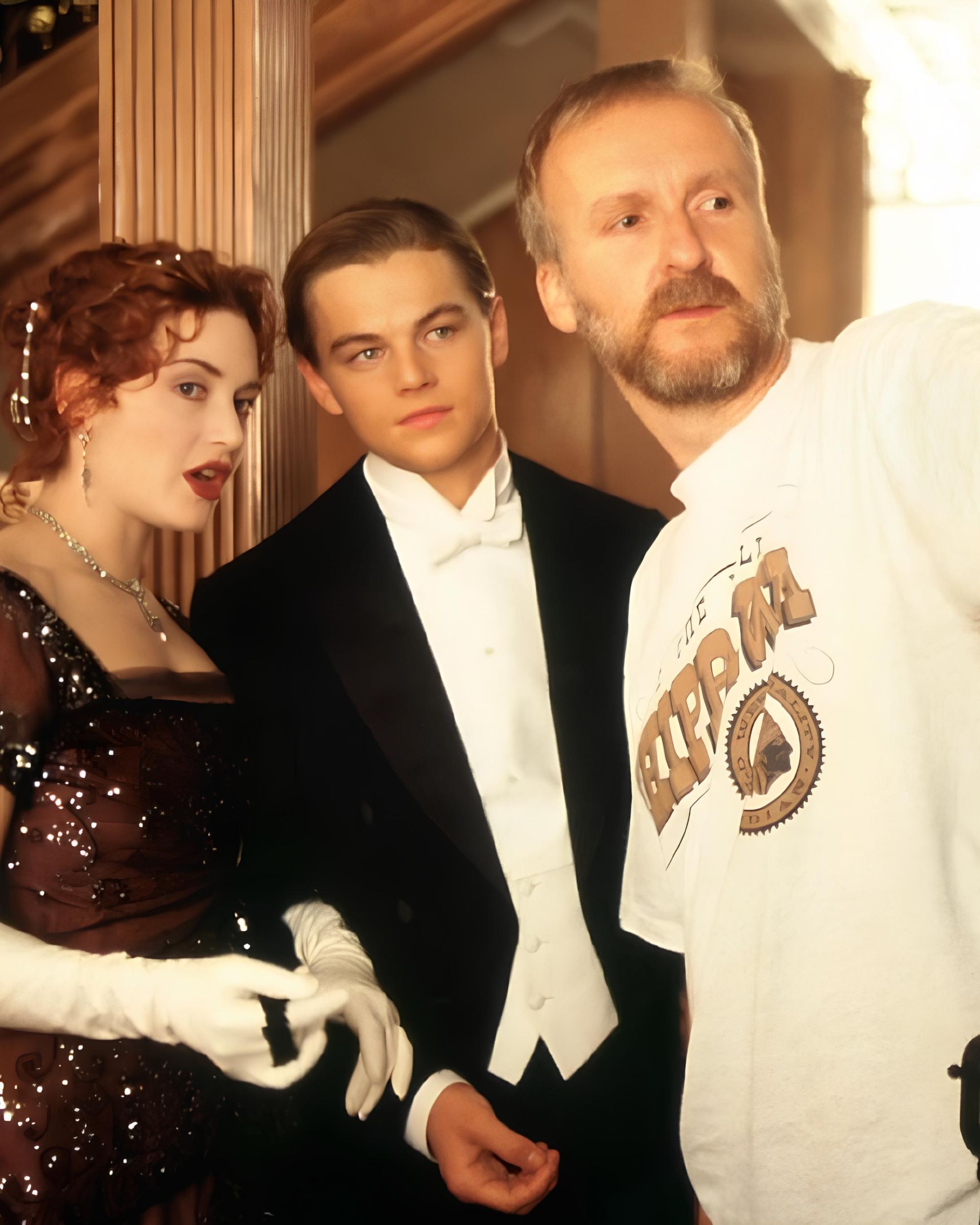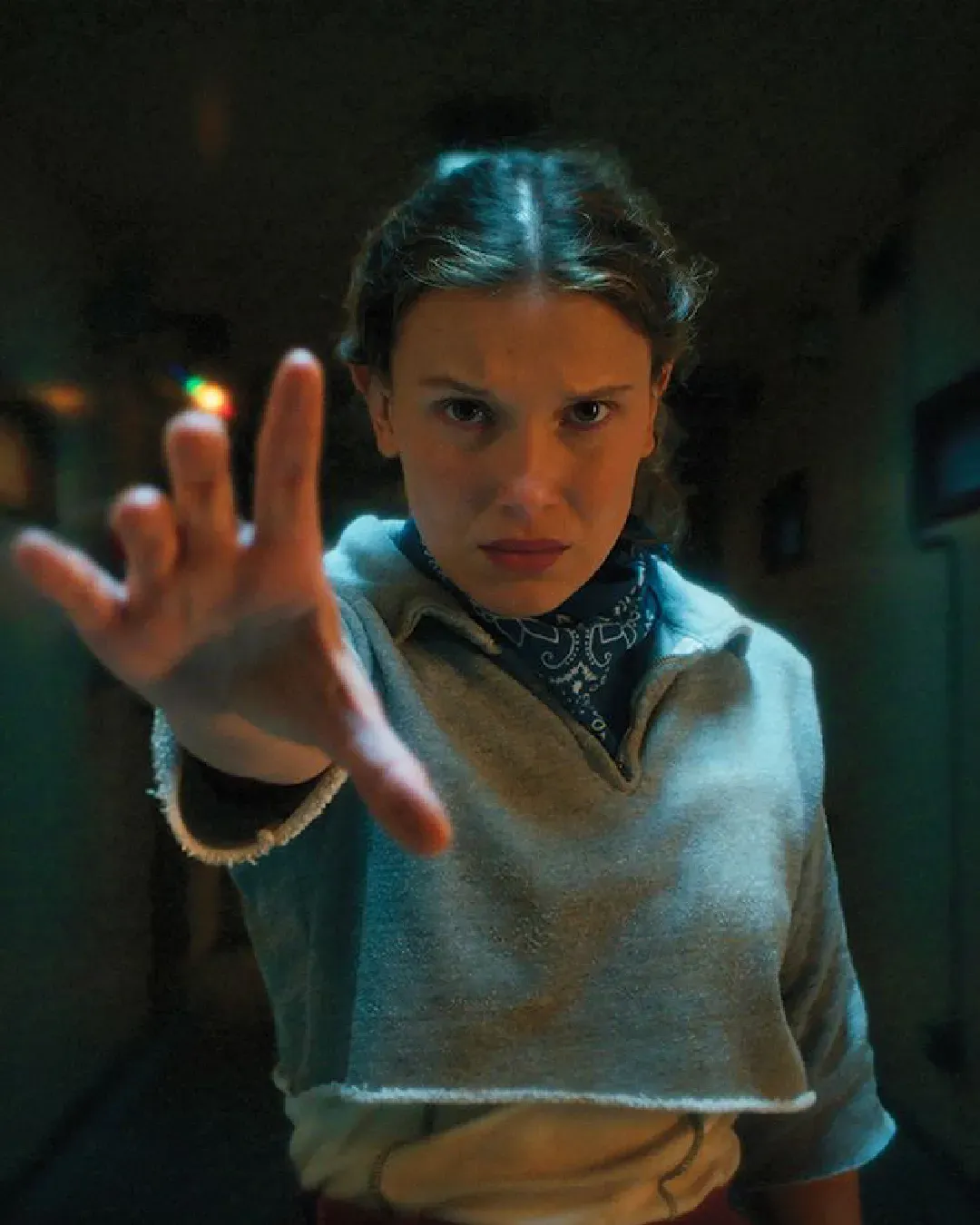
Major studios’ strategies on reviving movie theatres Between theaters and streaming, how the way of watching movies has changed
Entertainment companies are not yet ready to call it quits with big screens, especially when Spider-Man: No Way Home crossed the 10-figure benchmark at the beginning of 2021, becoming the first post-pandemic movie to “revive” the box office. Tentpoles such as Paramount Picture’s Top Gun: Maverick ($900 million and counting), MGM’s No Time to Die ($774 million), and Universal’s Jurassic World: Dominion ($650 million worldwide) contributed to preserving the physical experience of attending cinemas, which will remain a part of studio’s strategies for now. With the never-ending discussions about movie theaters slowly fading amid the rising popularity of streaming services, the industry is trying to reshape its existing plan of action to maximize the profit from theatrical windows. In 1930, around 80 million people, which accounts for circa 65% of the US population, went to movie theatres weekly. Since 1964, the number had fallen to a steady 10%. Movies during that period served as an escapism from the Great Depression, and the audience's fascination with glorious plays of actors led the industry to seek new stories and genres, thus forming the Golden Age of Hollywood. As of current days, after economic hardships and pandemic restrictions, the forms of at-home entertainment has become more appealing. After introducing video-on-demand services, people get the chance to see more movies at better prices, quality, and variety. Streaming platforms offer more perks to viewers in choosing movies, places to watch, and snacks.
The average visit to the cinema in Italy costs roughly 20€ – a ticket (≈5-8), popcorn (≈5,8), and a Coke (≈2,50-3,50) included. Meanwhile, the monthly subscription of Disney+ is 8,99€, Netflix ranges from 7,99 to 17.99€, and Amazon Prime Video from 2,99 to 9,99€. This means that viewers are not obliged to a short list of movies. In the frame of reviving the cinema, Dario Franceschini, Minister of Cultural Heritage and Activities of Italy launched the first edition of Cinema in Fest, which will offer visitors the possibility of attending cinema with reduced tickets (3,50€) from 18th to 22nd of September. In addition, the country continues to organize open-air screenings, and events and offers special prices to engage more viewers. Yet, current inflation pressures consumers, which might distance further viewers from big screens in the long run. At the end of the day, not many people would consider going to the movies weekly. The post-pandemic anxiety made cinema nervously “bite its nails” while waiting for the movie theatre attendance rate in the hope of reaching at least the pre-pandemic numbers. Some have filed for bankruptcy, as was the case with the second-largest international cinema chain in the world – Cineworld – due to low attendance rates and high debts. However, in 2021, the box office in the US surfaced, and all thanks to blockbusters. It turns out that movie aficionados are more willing to go to theaters if it screens big blockbuster films like the Top Gun sequel, Jurassic World and Marvel. Perhaps, the immersive experience of popcorn, friends, and action movie on a big screen is still appealing.
Plus, because of companies building their direct-to-consumer businesses, cutting the 75- 90 days theatrical window to 45, meant that the movie would be available for home entertainment after it screens at the cinema roughly a month and a half later. Still in Italy, the window is expected to expand to 90 days for both international and domestic films. It has been a long discussion between major studios to decide on a single period, to not lose on profit. For instance, Paramount decided to leave Top Gun: Maverick in theatres due to its high performance, and instead of 45 days, which ideally would fall on July 18th, the studio will release the movie online around November.
Considering this, the chief executive of Warner Bros. Discovery, David Zaslav, announced to change the studio's strategies to drive the company toward profitability and help revive the company’s sinking stock price. A principal message is - streaming is not everything, and to bring value to the table, WBD should grow DC and move away from direct to streaming films. «You look at Batman, Superman, Wonder Woman, Aquaman — these are brands that are known everywhere in the world,» said Zaslav. «We have done a reset. We’ve restructured the business where we are going to focus, where there is going to be a team with a 10-year plan focusing just on DC.» The cancellation of the nearly completed $90 million Batgirl film served as a precedent to this decision as the studio worried about its potential profitability. Probably, Warner Bros. is taking notes from Disney’s strategic move with MCU (Marvel Cinematic Universe). On the one hand, there is competition from streaming platforms like Disney+, Netflix, Paramount+, Comcast, Warner Bros. Discovery, Amazon’s Prime Video, Apple TV+, and Hulu. On the contrary, theatres are “running up that hill” of fast technological advancement to keep up. They say history tends to repeat itself: remember when TV “killed” the Golden Age of Hollywood? It seems that online streaming has the potential of killing two birds at once: TV and movie theatres. All eyes are on how long will cinemas stay afloat and continue bringing value?















































